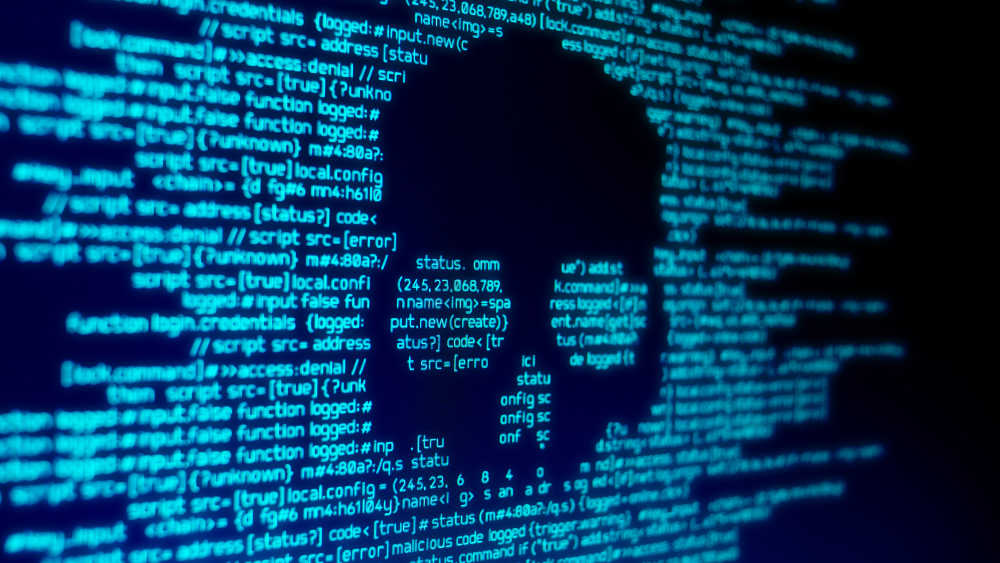
Dual edge: Chinese cyber attack - The possession of nuclear weapons has for long been viewed as the apex of military deterrence
Significantly, India is the second most targeted country for ransomware after the US

Significantly, India is the second most targeted country for ransomware after the US. The government is reportedly working closely with multinational cybersecurity firms to issue timely alerts on ransomware and zero-day attack campaigns, and provide updates on trojans and malware targeting Indian users and organizations. Yet, the Indian State remains ever willing to use cyber technology in a manner that violates citizens’ privacy rights. Digital rights advocates have decried the installation of facial recognition systems in several government schools in Delhi; digital identification was also used by the Delhi police to mark out 1,100 people allegedly involved in the Delhi riots. There are, at present, around 16 facial recognition tracking systems being actively used by the Centre and state governments. But legal checks and balances are yet to catch up, thereby rendering the technology vulnerable to misuse. India still does not have a comprehensive personal data protection law. The protection of privacy must be factored into the draft of this legislation at the earliest. This, along with inducements for the private sector to help prevent the weaponization of cyber technologies, can enhance rights and safety for the nation and its citizens in this digital era.



0 Response to " Dual edge: Chinese cyber attack - The possession of nuclear weapons has for long been viewed as the apex of military deterrence"
Post a Comment
Disclaimer Note:
The views expressed in the articles published here are solely those of the author and do not necessarily reflect the official policy, position, or perspective of Kalimpong News or KalimNews. Kalimpong News and KalimNews disclaim all liability for the published or posted articles, news, and information and assume no responsibility for the accuracy or validity of the content.
Kalimpong News is a non-profit online news platform managed by KalimNews and operated under the Kalimpong Press Club.
Comment Policy:
We encourage respectful and constructive discussions. Please ensure decency while commenting and register with your email ID to participate.
Note: only a member of this blog may post a comment.